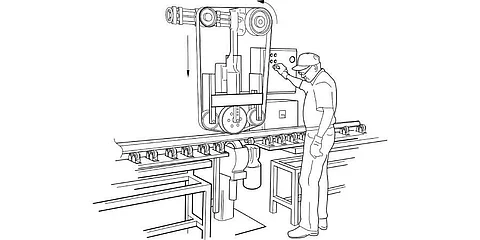Creating ‘outrage’ over just criticism
The government’s manufacturing push, especially with the Production Linked Incentive Scheme (PLI), has not impressed all. There have been conflicting views on this issue, with many pointing out its limited benefits. One of the critics of the government’s cash incentive policy to manufacturers is former RBI governor Raghuram Rajan. He has been a votary of a more service sector-led growth rather than India trying to emulate China’s manufacturing model. In a recent conversation with Rahul Gandhi, he made this point again, leading to an angry retort from the finance minister.
Rajan is not the only critic of the government’s manufacturing policy, especially the PLI scheme. Experts have underscored the issue of large subsidies given to manufacturers for setting up highly capital-intensive industries like semiconductors and questioned the viability since only a few manufacturers receive them. Another issue is India’s attempt to be a manufacturing hub for everything instead of focusing on a few sectors, as Taiwan did with semiconductors. The focus of the PLI seems to be more on capital-intensive sectors than labour-intensive ones. Therefore, experts doubt the scheme’s ability to generate the kind of manufacturing jobs the government hopes for.
A recent report by Credit Suisse also speaks of “modest” Capex growth due to PLI schemes; it sees only an 8–10% incremental Capex growth. Credit Suisse does not see many investments in non-traditional sectors like mobile manufacturing, IT hardware, batteries, etc. It also raises the concern that big global players have largely stayed away from availing benefits under the scheme. The Aatmanirbhar focus—another aspect of promoting local manufacturing—has also drawn criticism for it being unrealistically hopeful of countries willing to buy from India without gaining access to the Indian market for selling here. The government has been trying to push India’s manufacturing sector through a mix of local incentives given to manufacturers here and tariff barriers created to dissuade imports. But experts see the anomaly of such a policy approach.
The government should listen to its critics—a few are left, ready to risk rubbing the government the wrong way. It should be open to constructive criticism rather than attacking every critic with all its might. Nobody questions the government’s intention regarding its economic policies, but it should also take the criticism in good spirits.

